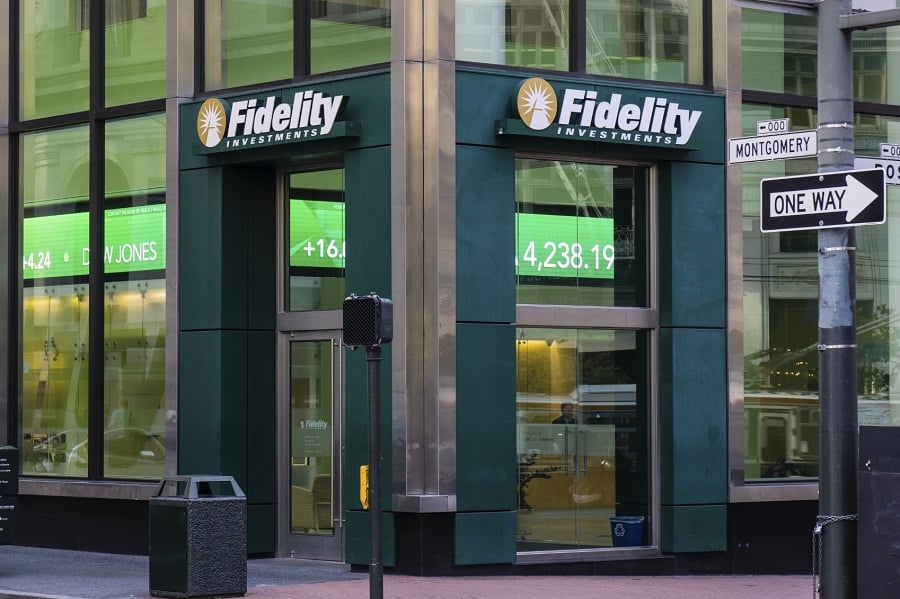

A social media buzz Thursday over new custody fees at Fidelity Investments put the Boston-based giant on the defensive in the wake of a pledge from rival Charles Schwab Corp. to move seemingly in the opposite direction.
As Schwab was touting a promise to roll out the red carpet, with no custody fee attached, for smaller registered investment advisers, tweets from social media maven Michael Kitces were triggering chatter about Fidelity layering on new custody fees for RIAs that aren’t sweeping client cash onto its in-house platform.
Mr. Kitces, director of wealth management at Pinnacle Advisory Group, didn't mention Fidelity by name in his tweets, but did refer to a "not-Schwab" custodian reaching out to firms that are not profitable to Fidelity.
A Fidelity representative confirmed that conversations related to pricing take place on an ongoing basis.
"Fidelity is not introducing new fees, we have always offered clients a range of options and work with them collaboratively to identify the right pricing for the RIA," said Nicole Abbott, Fidelity spokeswoman.
"We encourage our RIA clients to focus on the total cost of ownership of a custody account," she added. "This includes the yield on cash sweep choices, commissions and other fees."
While the timing of the social media chatter couldn’t have been worse for Fidelity, this is not a new policy.
“Pricing discussions are a normal course of business for us, and we believe they are most meaningful when they are collaborative discussions,” David Canter, head of Fidelity’s RIA segment, said in a statement.
“Fidelity has always taken a relationship-based pricing approach because this helps ensure that we are aligned with the needs of the firms we serve, while also offering choice and the solutions that advisers need to deliver on their fiduciary responsibility,” Mr. Canter continued.
Fidelity’s response is in line with comments made by Mike Durbin, president of Fidelity Institutional, to Wealth Management in November, when he said a “not insignificant minority” of advisers who custody at Fidelity already operate under a fee-based model.
According to a Fidelity representative, the fee models paid by some advisers to custody on the platform can vary and are sometimes requested by the advisers who would rather pay some kind of fee or pass it along to clients than use Fidelity’s cash sweep accounts.
While Mr. Kitces has highlighted and called out the “notable divergence when Fidelity is pushing out more custody fees and defending them as an industry practice while Schwab just unequivocally pledged not to do so,” he also believes the industry will ultimately have to follow the direction of Fidelity.
“I believe that in the long run, the model will be a basis-point custody fee, and that for fee-only RIAs, they should ultimately want a fee-only custodian, which necessitates custody fees,” he said.

The leadership changes coming in June, which also include wealth management and digital unit heads, come as the firm pushes to offer more comprehensive services.

Strategist sees relatively little risk of the university losing its tax-exempt status, which could pose opportunity for investors with a "longer time horizon."

As the next generation of investors take their turn, advisors have to strike a fine balance between embracing new technology and building human connections.

IFG works with 550 producing advisors and generates about $325 million in annual revenue, said Dave Fischer, the company's co-founder and chief marketing officer.

Five new RIAs are joining the industry coalition promoting firm-level impact across workforce, client, community and environmental goals.
RIAs face rising regulatory pressure in 2025. Forward-looking firms are responding with embedded technology, not more paperwork.
As inheritances are set to reshape client portfolios and next-gen heirs demand digital-first experiences, firms are retooling their wealth tech stacks and succession models in real time.
